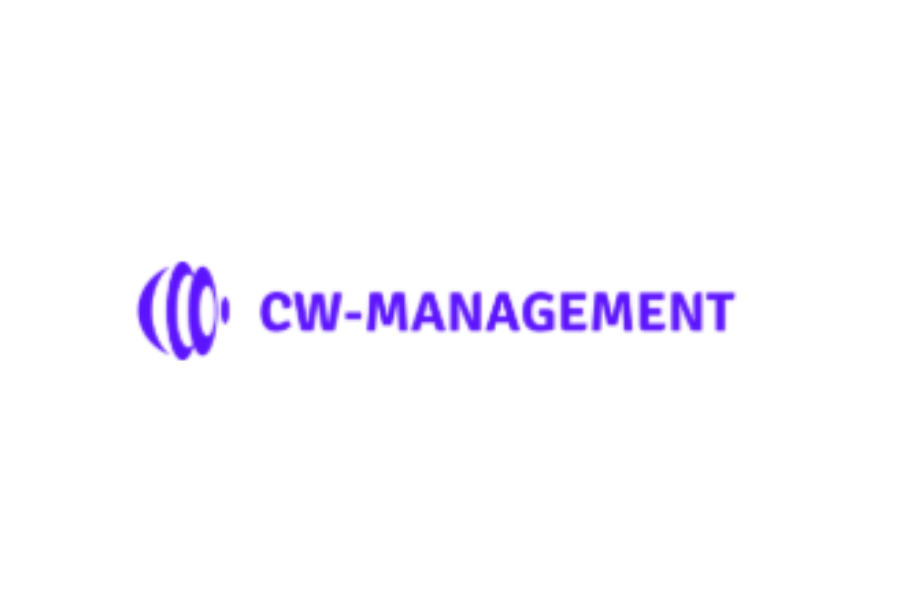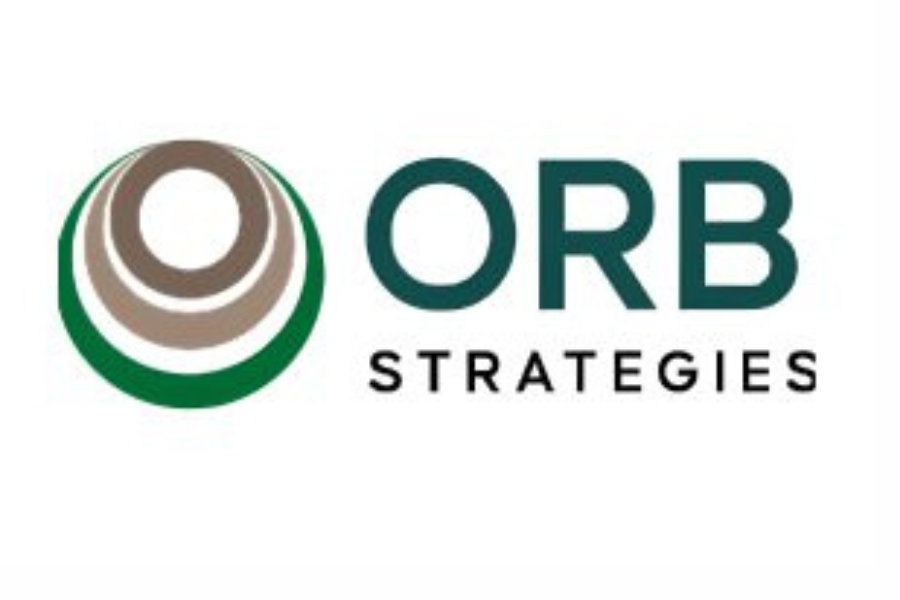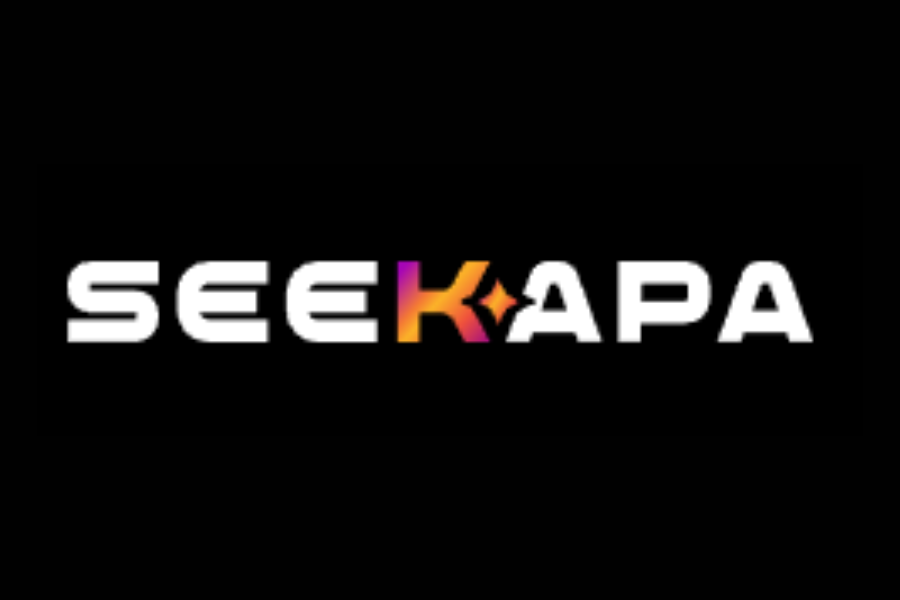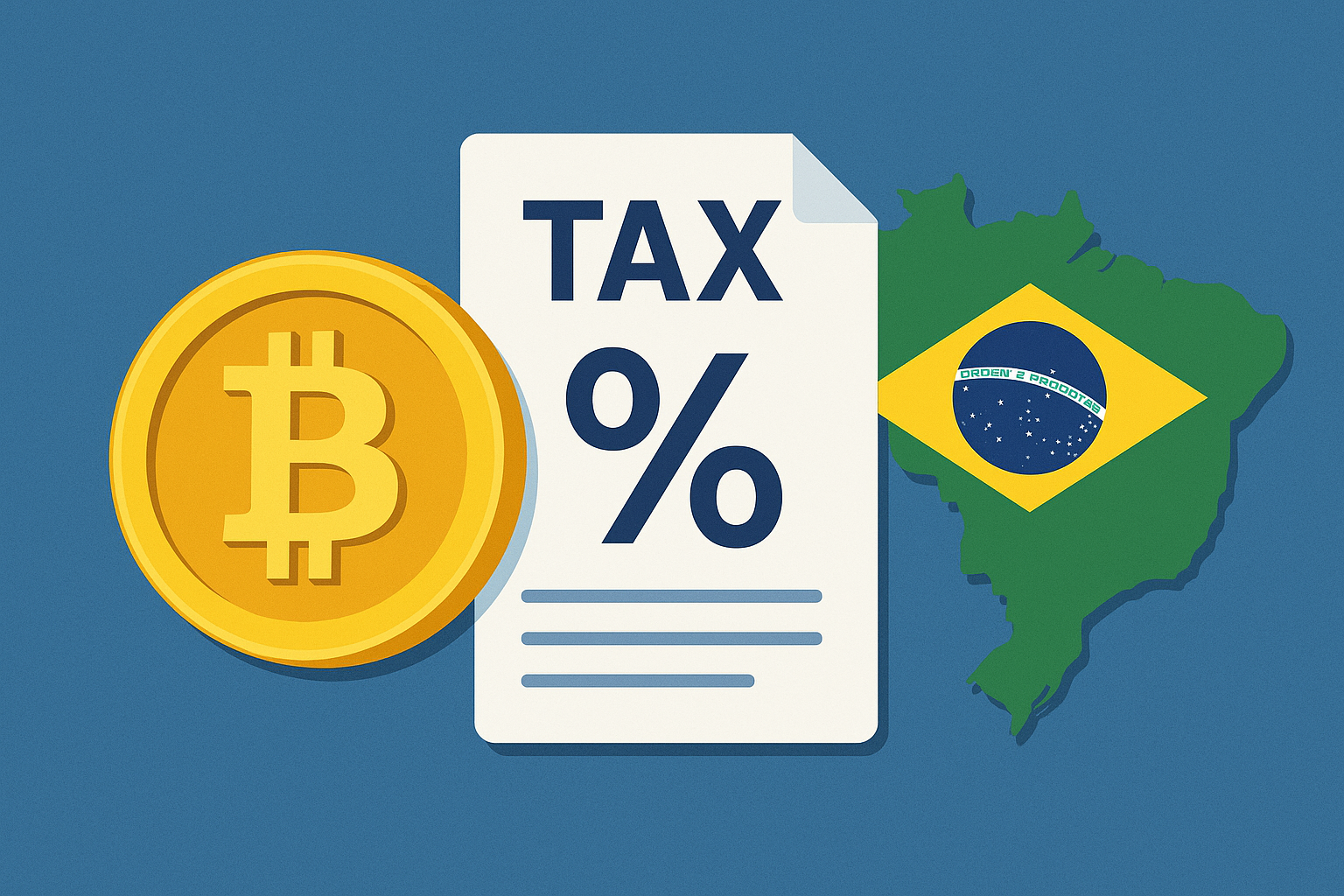Blockchain Technology
Crypto Security Revolution: Why The HTTPS Moment Is A Game-Changer For Blockchain Adoption?

Introduction
The blockchain industry is undergoing a fundamental shift that could determine the trajectory of its adoption across global industries. This shift is being described as the blockchain sector’s “HTTPS moment” — a reference to the pivotal transformation in internet security that led to mass user adoption of web-based platforms. Similar to how HTTPS made online banking and e-commerce trustworthy and user-friendly, a new wave of security upgrades in the blockchain space is poised to catalyze institutional trust, enhance end-user confidence, and bridge the gap between cutting-edge innovation and mainstream integration.
This article will explore in depth what the HTTPS moment in blockchain security means, the technological advancements behind it, the impact on industry sectors such as finance, supply chain, and healthcare, and how it addresses long-standing concerns about vulnerability, privacy, and interoperability.
Understanding The HTTPS Analogy In Blockchain
To understand the HTTPS moment in blockchain, it is important to revisit what HTTPS achieved for the internet. Before the introduction of Hypertext Transfer Protocol Secure (HTTPS), data exchanged over websites was unencrypted and vulnerable to interception. Online shopping, banking, and secure communications were nearly impossible to scale without adequate encryption. HTTPS established a baseline of trust by encrypting data, authenticating websites, and safeguarding users from malicious attacks.
In blockchain, a similar vulnerability existed. Although blockchain inherently offers decentralized and tamper-proof records, many layers of blockchain implementation — including smart contracts, wallet access, and bridge protocols — have been plagued by exploits, hacks, and lack of compliance-friendly security. This exposed a trust deficit, especially among institutions that were otherwise interested in leveraging the technology.
The new wave of blockchain security tools, infrastructure improvements, and governance protocols is eliminating this vulnerability. It is ensuring that using blockchain is no longer synonymous with risk — a transition comparable in magnitude to the dawn of HTTPS.
What Technologies Define The HTTPS Moment In Blockchain?
Zero-Knowledge Proofs and Privacy Enhancements
One of the pillars of the blockchain security upgrade is the integration of Zero-Knowledge Proofs (ZKPs). These cryptographic techniques allow one party to prove to another that a statement is true without revealing any supporting information. This has significant implications for privacy-focused applications, identity verification, and enterprise transactions.
ZKPs allow businesses to operate on public blockchains while maintaining the confidentiality of sensitive information. This is vital in financial services, supply chains, and healthcare industries that are bound by data protection laws such as GDPR and HIPAA. By shielding key details while validating transaction authenticity, ZKPs represent a direct parallel to how HTTPS encrypted user credentials and financial information in web browsers.
Decentralized Identity (DID) Solutions
The evolution of decentralized identity frameworks is another key factor. These solutions give users control over their personal data and allow authentication without exposing credentials. Through standards developed by groups like the W3C and integrations with blockchain networks, DID systems are establishing secure, verifiable identities that work across platforms — similar to how SSL certificates validated websites in the early days of HTTPS.
Multi-Party Computation and Threshold Cryptography
Instead of relying on a single private key to authorize transactions, blockchain infrastructure is adopting threshold cryptography and Multi-Party Computation (MPC). These technologies distribute the signing process among multiple parties or devices, making it nearly impossible for hackers to steal private keys or compromise wallet access. This decentralized security model significantly reduces the risk of single points of failure and enables compliance with enterprise-grade security frameworks.
The Institutional Appeal: Why Enterprises Are Paying Attention?
Blockchain adoption by institutions has often been stifled by fear — fear of hacks, lack of auditability, and legal uncertainty. The HTTPS moment addresses each of these fears systematically. For instance, traditional financial institutions have long hesitated to fully integrate digital asset solutions into their operations. Now, with better key custody methods, tamper-proof logging systems, and advanced smart contract security protocols, this landscape is changing.
Banks are piloting asset tokenization. Insurance companies are experimenting with smart contract claims systems. Logistics firms are moving away from paper documentation to blockchain-backed proof-of-delivery tools. These examples mark a tangible shift that mirrors how e-commerce only exploded after HTTPS made online payments viable.
Use Cases Enabled By The HTTPS-Level Security
Tokenization of Real-World Assets
One of the biggest use cases now seeing acceleration is the tokenization of real-world assets. Real estate, equities, bonds, and even art can be fractionalized and represented on-chain, creating more liquidity and broader investor access. Institutional-grade security makes it possible for asset managers to launch regulated investment vehicles that are blockchain-native, a concept that would have been too risky only a few years ago.
Cross-Border Payments and Stablecoins
Stablecoins, particularly those issued by regulated financial entities, are being used for cross-border payments in ways that resemble SWIFT or SEPA systems — but faster and more transparent. However, for them to be adopted at scale by corporates, stablecoins must meet rigorous compliance and auditing standards. The new security infrastructure, built on HTTPS-like protocols, makes this possible and legally feasible.
Decentralized Finance with Institutional Controls
The DeFi ecosystem is also maturing. Layered security protocols, verified smart contracts, and circuit breakers are helping create institutional DeFi platforms — often referred to as “Regulated DeFi” — that balance openness with security. Asset managers are now able to interact with decentralized liquidity pools using interfaces that meet Know Your Customer (KYC) and Anti-Money Laundering (AML) requirements.
Consumer Trust And Wallet Usability
While institutions drive much of the capital flow, consumer adoption remains the foundation for global blockchain integration. Previously, the average user struggled with complex private key management, unclear interfaces, and uncertainty around transaction irreversibility. Now, thanks to improved wallet security, biometric authentication, and easier recovery options, user experience is finally aligning with expectations.
Custodial and non-custodial wallet providers are investing heavily in user-friendly designs that still honor decentralized principles. Similar to how HTTPS made browsing feel safe, the blockchain HTTPS moment is making decentralized applications feel seamless and secure for mainstream users.
Global Policy And Legal Framework Support
Governments are taking note of these changes. Regulatory frameworks are beginning to recognize that with robust security tools, blockchain applications can operate in legally compliant ways. The European Union’s Markets in Crypto Assets (MiCA) framework, the US SEC’s evolving stance on digital securities, and Asia’s sandbox-style regulatory environments all reflect this shift in confidence.
Security certifications, audit reports, and zero-trust architectures are being incorporated into compliance checklists. Blockchain companies that meet these standards are gaining the ability to offer services at par with traditional financial institutions.
Security Breaches That Pushed The Revolution Forward
The crypto world has suffered through high-profile exploits over the years, from the Mt. Gox collapse to DeFi bridge hacks like Ronin and Wormhole. Each breach forced introspection, innovation, and redesign of the blockchain security stack. The difference today is that developers and protocols are not only reacting but proactively adopting security-first models.
Projects are integrating formal verification, real-time auditing, and permissioned access layers to prevent unauthorized actions. These changes reflect a philosophy shift — where security is no longer optional, but foundational.
The Role Of Open-Source And Community-Led Security Standards
The blockchain space thrives on open-source contributions. Organizations like the Ethereum Foundation, OpenZeppelin, and the Linux Foundation’s Hyperledger project are advancing secure coding practices. They are providing frameworks that can be reviewed, verified, and improved by the community.
This communal model ensures transparency, reduces the likelihood of hidden vulnerabilities, and fosters innovation. Just as SSL and TLS standards emerged from open collaboration, blockchain’s HTTPS moment is rooted in shared development and peer-reviewed improvements.
Conclusion
The blockchain HTTPS moment is not a singular event but a culmination of years of evolution in cryptography, engineering, and regulatory engagement. As this new security paradigm becomes widely adopted, it will unlock use cases and markets that were previously closed off due to risk and compliance hurdles. From institutional finance to cross-border trade and from medical data sharing to decentralized governance, blockchain is now being seen through a lens of reliability and safety. The revolutionary change lies in making decentralized systems as trustworthy and usable as centralized ones — without compromising on the core values of transparency, autonomy, and permissionless access.
In many ways, blockchain’s transformation into a mature, secure, and compliant infrastructure mirrors the internet’s journey through the late 1990s and early 2000s. The coming decade may very well be defined by the organizations that leverage this trust layer to build the future of finance, technology, and governance.











